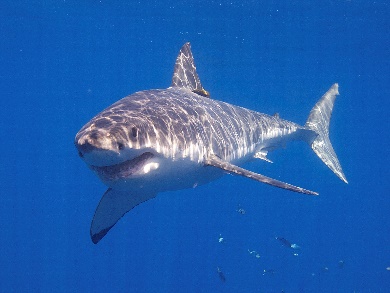





Disclaimer: Copyright infringement not intended.
Context
Elasmobranchs
Taxonomy and Diversity:
Morphological Features:
Ecological Significance:
Distribution and Habitat:
Reproduction and Life History:
Threats and Conservation:
Economic Importance:
Human-Wildlife Conflict:
|
PRACTICE QUESTION Question: Which of the following statements regarding elasmobranchs is/are correct? 1.Elasmobranchs belong to the class Osteichthyes, characterized by a bony skeleton. 2.The skin of elasmobranchs is covered in scales, similar to those found in bony fish. 3.Rays and skates are primarily pelagic species, dwelling in the open ocean. 4.Elasmobranchs exhibit various reproductive strategies, including viviparity and oviparity. Choose the correct answer from the options below: A. 1 and 3 only B. 2 and 4 only C. 1 and 4 only D. 2 and 3 only Correct Answer: C. 1 and 4 only Explanation:
Incorrect: Elasmobranchs belong to the subclass Elasmobranchii within the class Chondrichthyes, characterized by a cartilaginous skeleton. The class Osteichthyes comprises bony fish.
Incorrect: The skin of elasmobranchs is not covered in traditional scales. Instead, it is covered in dermal denticles, tooth-like structures that reduce drag and enhance swimming efficiency. This is a unique feature distinguishing them from bony fish.
Incorrect: Rays and skates are primarily benthic species, meaning they dwell on or near the ocean floor. They are adapted to life on the seafloor and are not considered pelagic species.
Correct: Elasmobranchs indeed exhibit various reproductive strategies. Some species are viviparous, giving birth to live young, while others are oviparous, laying eggs. This diversity in reproductive strategies is characteristic of elasmobranchs. Therefore, the correct answer is C. 1 and 4 only. |




© 2026 iasgyan. All right reserved